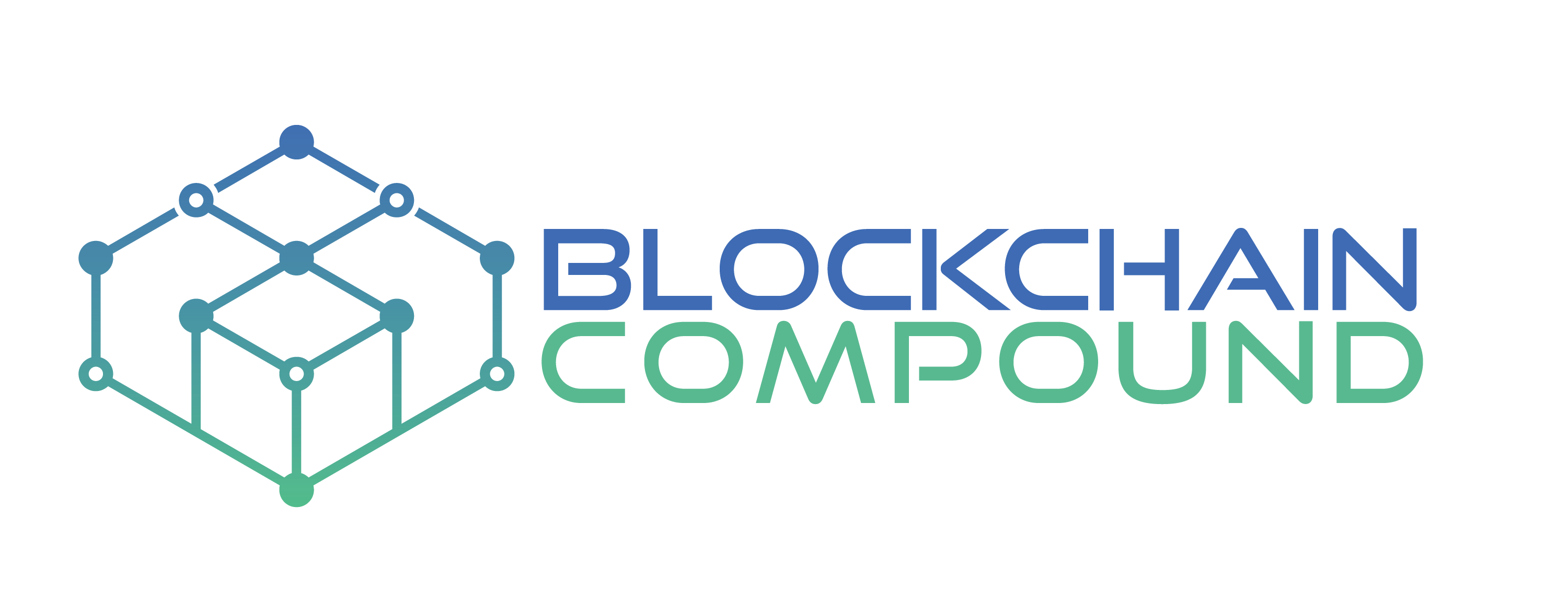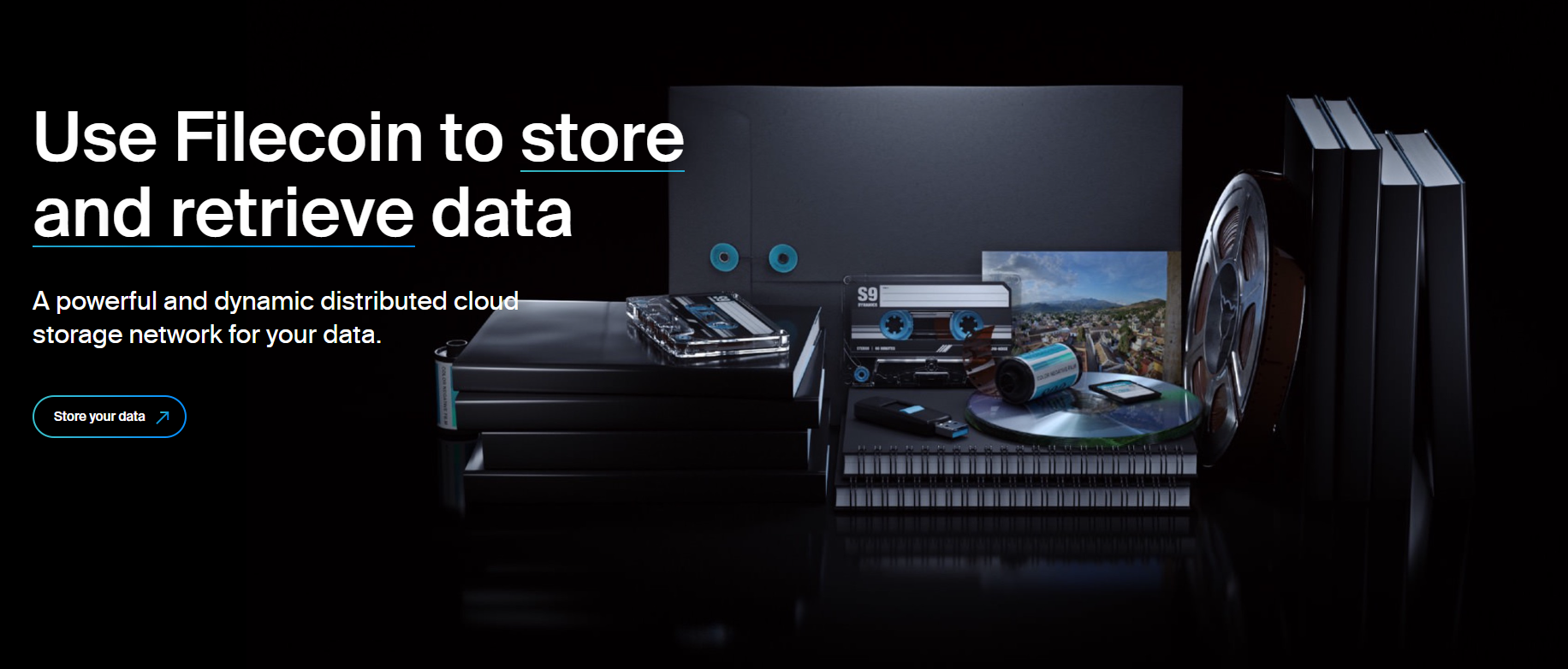To get started, let’s first define what Web 3.0 is and how it differs from previous iterations of the web.
Web 3.0 is the next evolution of the internet, often referred to as the “decentralized web” or the “semantic web.” Unlike the current iteration of the internet, which is largely controlled by a small number of centralized entities, Web 3.0 is designed to be a decentralized network where users have more control over their data and interactions online.
Some key features of Web 3.0 include:
- Decentralization: Web 3.0 is designed to be a decentralized network, where users can interact with each other and with applications without relying on centralized intermediaries like Facebook or Google.
- Interoperability: Web 3.0 is designed to allow different platforms and applications to work together seamlessly, creating a more connected and open web.
- Privacy and Security: Web 3.0 is designed to prioritize privacy and security, giving users more control over their data and reducing the risk of hacks and data breaches.
Now that we’ve covered the basics of Web 3.0, let’s take a look at some products that are currently using this technology. There are several project we will discuss in the future such as: Brave Browser, Uniswap, Golem, and Mirror but today we are going to take a more in depth look at Filecoin.

Let’s dive deeper into Filecoin
Filecoin is a decentralized storage network that allows users to rent out their unused hard drive space to store and retrieve data. It was created by Protocol Labs and launched in October 2020.
The main benefit of Filecoin is that it provides a more efficient and secure way to store data compared to traditional centralized data storage solutions. Instead of relying on a single centralized entity to store and manage data, Filecoin uses a decentralized network of nodes to store data across multiple locations. This makes it more difficult for hackers to access and compromise the data, as there is no single point of failure. Additionally, users can earn Filecoin tokens by renting out their unused storage space to other users.
One of the key advantages of Filecoin’s decentralized network is that it eliminates the need for a single entity to store and manage data, which is often a point of vulnerability in traditional centralized storage solutions. With Filecoin, data is stored across multiple nodes, meaning that even if one node fails or is compromised, the data remains accessible from other nodes. This makes the network more resilient to attacks and failures, and ensures that data is always available when needed.
Furthermore, the Filecoin network incentivizes users to contribute their unused storage space to the network by rewarding them with FIL tokens. This means that anyone with spare storage capacity can earn a passive income by renting out their storage space to others on the network. This creates a more efficient and cost-effective way to store data, as it eliminates the need for expensive data centers and servers, and allows users to take advantage of existing storage capacity. Overall, these benefits make Filecoin an attractive option for businesses and individuals looking for a more secure, efficient, and cost-effective way to store and manage their data.
In addition to its benefits for data storage and retrieval, Filecoin also has potential applications in other areas of Web 3.0, such as decentralized finance (DeFi) and content distribution.
Content distribution networks (CDNs)
Filecoin can also be used in content distribution networks (CDNs), which are networks of servers that distribute content to users. With Filecoin, CDNs can store their content on the decentralized network, allowing for faster and more efficient content delivery. By using a decentralized storage network like Filecoin, CDNs can also reduce their costs and improve their scalability, as they no longer need to rely on centralized data centers. This can ultimately lead to a better user experience, as content is delivered more quickly and reliably. Additionally, using Filecoin in CDNs can help to decentralize the internet, giving more power to individual users and reducing the influence of large corporations that currently control much of the web.
For example, Filecoin can be used to provide storage for DeFi applications that need to store sensitive financial data, such as transaction histories or private keys. By using a decentralized storage network like Filecoin, DeFi applications can improve the security and privacy of their users’ data.
In the content distribution space, Filecoin can be used to store and distribute large media files, such as videos or high-resolution images. By using a decentralized storage network, content creators can ensure that their content is easily accessible to users all around the world, without the need for a centralized platform like YouTube or Vimeo.
Does that mean my files can be accessed from other computers?
No, your files are encrypted and sharded (divided into multiple parts) before being stored on other computers in the Filecoin network. Only you have access to the keys needed to decrypt and reassemble your files. Additionally, the Filecoin network is designed to be highly secure and resistant to attacks, ensuring that your files remain safe and confidential.
Trading Filecoin
In terms of cryptocurrency, Filecoin has its own native token, FIL, which is used to pay for storage and retrieval of data on the network. FIL can also be traded on various cryptocurrency exchanges, including Binance, Coinbase, and Kraken.

Filecoin’s all-time high was $236.84, reached on March 27, 2021. Its all-time low was $20.53, reached on December 29, 2020. The cryptocurrency market is known for its volatility, and Filecoin is no exception. Factors such as market sentiment, adoption rate, and overall demand for the technology can all impact the price of FIL.
While it’s impossible to predict the future with certainty, some experts believe (self included minus the expert part…) that Filecoin has the potential to reach its all-time high again (probable). Its unique approach to decentralized data storage and retrieval, coupled with the growing interest in Web 3.0 and blockchain technology, may make it an attractive investment for those looking to diversify their portfolios. However, it’s important to remember that investing in cryptocurrencies comes with inherent risks, and investors should always conduct their own research and due diligence before making any investment decisions.
The price of FIL can be influenced by various factors, such as demand for storage on the network, the number of users and nodes on the network, and general market sentiment towards cryptocurrencies. It’s important to note that the cryptocurrency market is highly volatile, so investing in FIL or any other cryptocurrency carries significant risks.
Despite the risks, many people believe that Filecoin and similar Web 3.0 projects have the potential to revolutionize the way we store and manage data. As the amount of digital data continues to grow exponentially, decentralized storage networks like Filecoin could become increasingly important for ensuring the security and accessibility of that data.
Summary
Filecoin is a promising project in the Web 3.0 space, offering a more efficient, secure, and decentralized solution for data storage and retrieval. While there are risks associated with investing in FIL or any other cryptocurrency, those who believe in the potential of Web 3.0 and decentralized technologies may see Filecoin as a valuable addition to their portfolios.
The official website for Filecoin is: https://filecoin.io/




